WHAT IS GLOW IN THE DARK POWDER
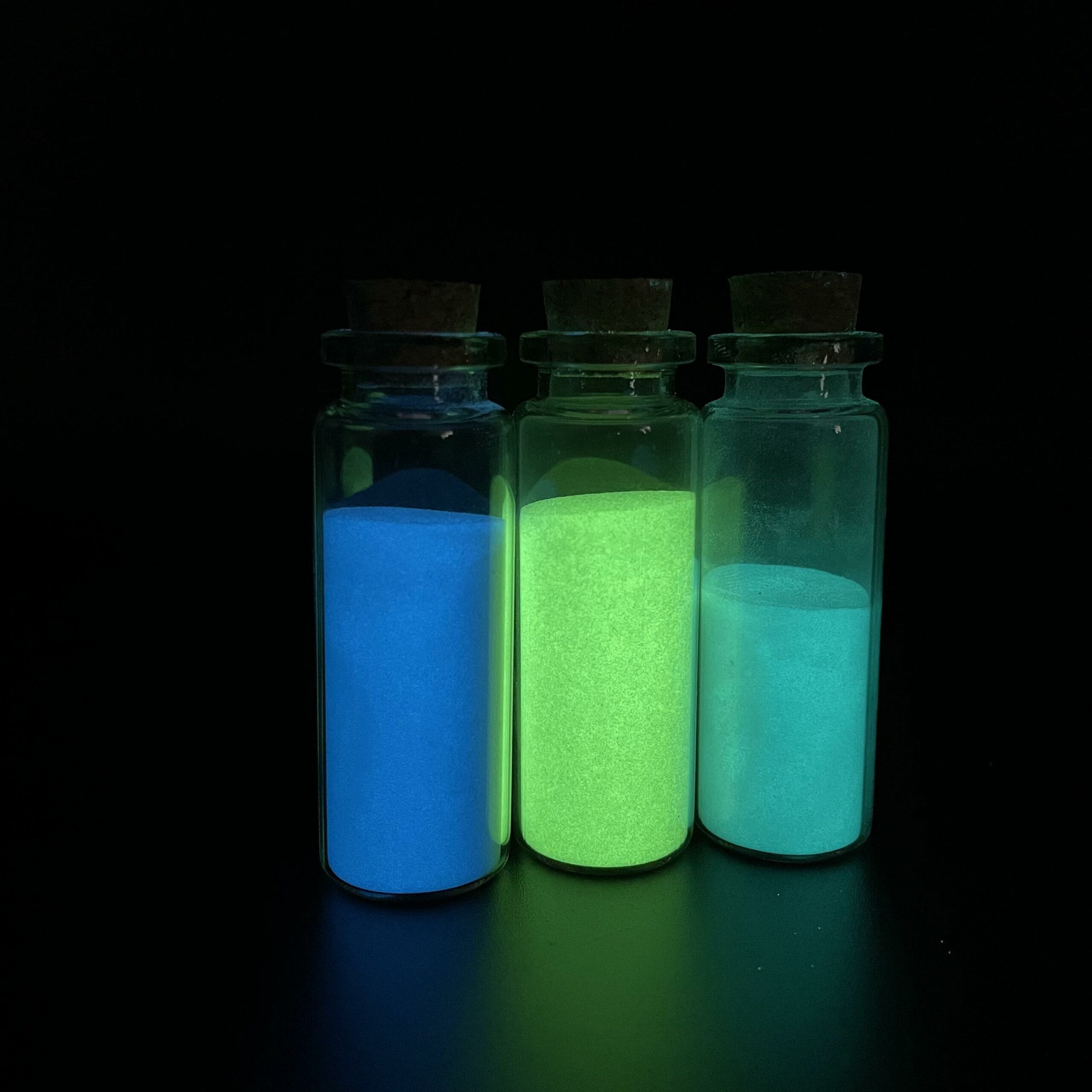
Glow In The Dark Powder Luminescence Principle:
Absorbs various visible lights, such as sunlight and artificial light, and emits light in the dark. Principle: Transition of light ions, which is a physical change. It has three main colors of yellow-green, blue-green and sky blue, and 8 kinds of dyeing powders. Contains a variety of applications: plastics, inks, paints, rubber & silicone, resins, glass & ceramics.
Eco-friendly, Non-toxic, Non-radiative (SVHC – European Standard, testing 181 substances, all compliant with SVHC requirements).
The first generation, radium, emits radiation. The second generation, Zinc Sulphate (ZnSO4), pollutes the environment with acid rain. Nowadays, the vast majority on the market is the third generation, Strontium Aluminate (SrAl2O4), which uses rare earth as an excitation agent to make it luminescent, non-toxic, non-radiative, and eco-friendly.
Lifespan and Storage Conditions:
Luminescence is a physical change, so the lifespan is 15-20 years. It should be stored in a dry and cool place. Once opened, it should be used as soon as possible. If not used up, the bag should be tightly sealed to prevent moisture absorption (moisture absorption will cause whitening and clumping, weakening or disappearing the luminescent effect).
Strontium aluminate has become the preferred material for glow-in-the-dark pigments, replacing zinc sulfide due to several advantages in performance, safety, and environmental impact. Here are the main reasons why strontium aluminate is favored over zinc sulfide:
Longer Glow Duration:
Strontium aluminate pigments have a significantly longer afterglow time compared to zinc sulfide. This makes them more suitable for applications where prolonged luminescence is needed without external energy sources.
Higher Brightness:
Strontium aluminate pigments can store more light energy and emit it with higher brightness. This property makes them more effective in low-light conditions and enhances their usability in safety and emergency signage.
Environmental and Safety Benefits:
Unlike zinc sulfide, which may require the addition of radioactive elements to enhance its glow, strontium aluminate is non-toxic, non-hazardous, and non-radioactive. This makes it a safer and more environmentally friendly option.
Stability Under Various Conditions:
Strontium aluminate is chemically and physically more stable than zinc sulfide. It performs well under different environmental conditions such as changes in humidity and temperature, which can degrade the performance of zinc sulfide-based pigments.
Broader Application Scope:
Due to the above advantages, strontium aluminate pigments are used in a wider range of applications, including safety signs, transportation, consumer goods, and artistic applications. They meet the demands for high-performance luminescent materials across various industries.
Limited Color Range:
While zinc sulfide pigments are typically limited in color options, strontium aluminate pigments also offer a limited range but are generally available in more vibrant and useful glow colors like green and blue, which are preferred for visibility and aesthetic purposes.
These factors contribute to why strontium aluminate has largely replaced zinc sulfide in new glow-in-the-dark products, aligning with industry trends towards safer, more effective, and environmentally friendly materials.
WHY STRONTIUM ALUMINATE IS AN ECO-FRIENDLY MATERIAL
Strontium aluminate, as a raw material for luminous powder, is widely favored for its unique non-toxic and harmless characteristics. Its efficient and environmentally friendly luminescent properties make it an ideal choice for various safety signs, decorations, and consumer goods. But why do we say strontium aluminate is an eco-friendly material?
Strontium aluminate, as a non-toxic, harmless, and non-radioactive material, demonstrates its safety in the following aspects:
-
Chemical Stability: Strontium aluminate exhibits extremely high chemical stability. Under normal conditions of use, it does not decompose or release harmful substances, ensuring its safe use in various environments.
-
Physical Properties: The principle of its luminescence is based on electron transition rather than chemical reaction. This means that its light emission process does not produce harmful substances and can be reused without diminishing its eco-friendliness over time.
-
Biocompatibility: Due to its non-toxic nature, strontium aluminate is friendly to both humans and the environment, causing no skin irritation or respiratory system impacts. This makes strontium aluminate-based luminous powder an ideal material for making toys, safety signs, personal protective equipment, and other products.
-
Non-Radioactivity: Strontium aluminate does not contain radioactive elements and does not emit any form of radioactive radiation. This is particularly important when compared to previous radioactive luminescent materials such as zinc sulfide. Therefore, strontium aluminate-based luminous powder has significant advantages in terms of safety.
-
Environmental Characteristics: The production and use of strontium aluminate do not pollute the environment. It is a green and environmentally friendly material widely used in various environmental projects and products, such as environmentally friendly building materials, traffic safety facilities, and various safety and identification fields, including emergency exit signs, escape route indicators, safety helmets, etc.
-
Compliance with EU Environmental Standards: Strontium aluminate-based luminous powder meets the strict requirements of European environmental standards, such as the SVHC standard, further proving its non-toxic, harmless, and non-radioactive characteristics.
In Summary
These characteristics make strontium aluminate an ideal material widely used in civil and industrial fields, especially in areas where high material safety performance is required, such as children’s toys, safety signs, and decorative materials. It not only guarantees the safety of products but also responds to the increasing demands for environmental protection and human health.

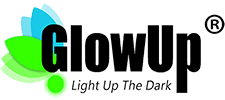
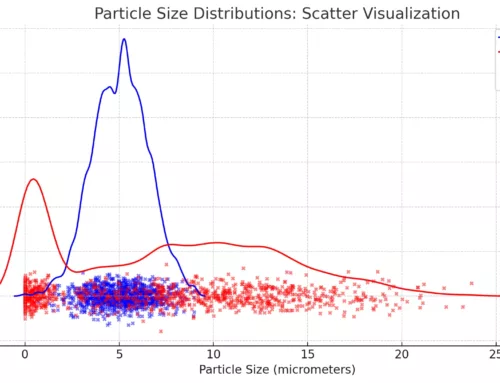
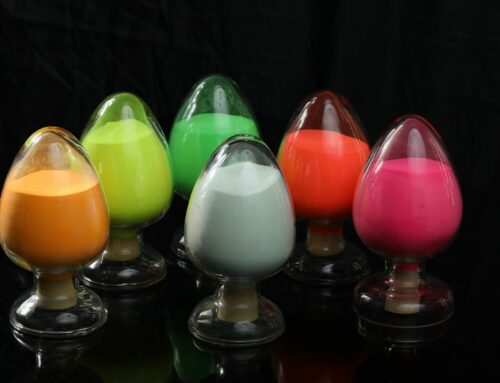
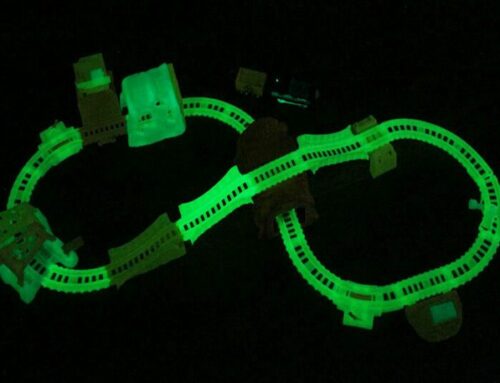

Leave A Comment